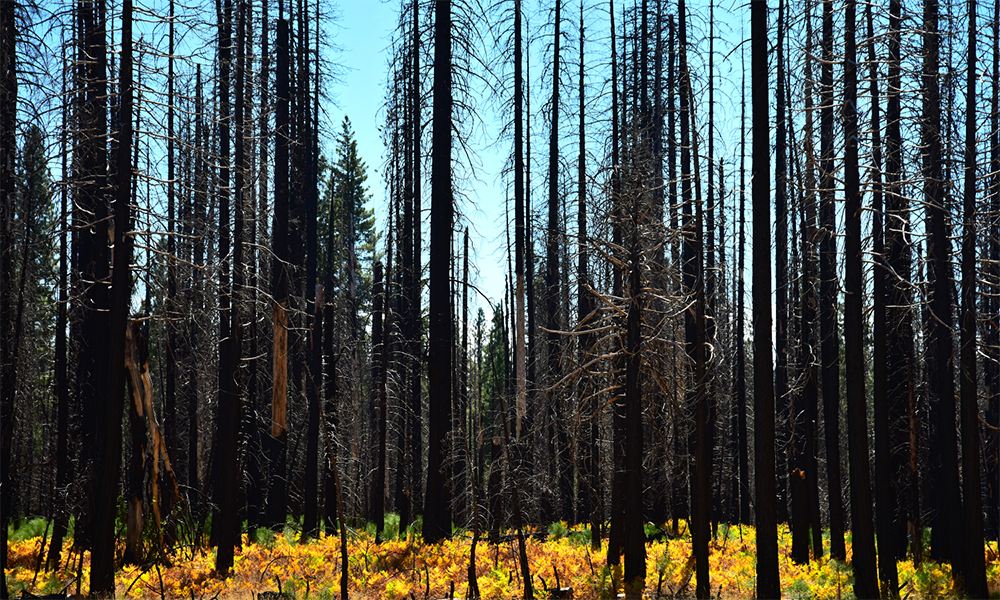Depending on the severity of a wildfire, forests may need restoration and rehabilitation in order to keep the habitat balances and to avoid additional post-fire events.
According to the Colorado State Forest Service, in areas that experience low-severity burns, fire events can serve to eliminate vegetative competition, rejuvenate its growth and improve watershed conditions. But, in landscapes subjected to high or even moderate burn severity, the post-fire threats to public safety and natural resources can be extreme.

Public and private entities invest millions of dollars to implement emergency measures that protect people, communities and critical resources from post-fire events such as flooding, erosion, mudslides, hazard trees and related degradation of water supplies and storage facilities.
Visit the Colorado State Forest Service for a full list of forest restoration resources including common emergency rehabilitation practices.
Quick Facts
- Forest restoration is necessary to re-establish structure and function, and protect and restore critical habitat, riparian areas, watersheds and many other attributes.
- The post-fire condition of a burned landscape directly relates to the type and condition of the forest and the severity of the burn.
- High-severity wildfires remove virtually all forest vegetation from trees, shrubs, and grasses to discarded needles, decomposed roots, and other elements of ground cover or duff that protect forest soils.

